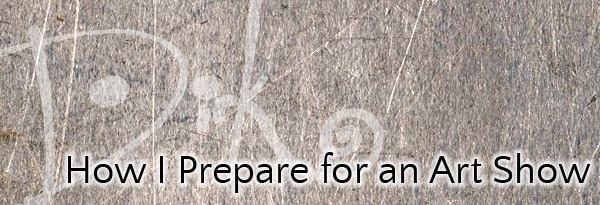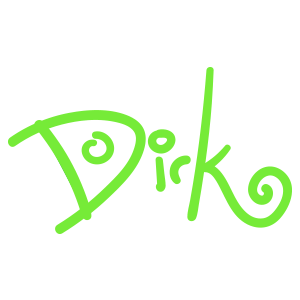
I just launched a new campaign to get ready for my upcoming Candychrome solo art show. The last time I did my own art show in the USA was over five years ago and I’m faced with two countervailing thoughts. On one hand, it’s been a while since I went through the process of preparing and promoting an art show and I’ve probably forgotten some important things. On the other hand, I’ve learned so much over the past five years and have made a world’s worth of connections that I might approach this process entirely different anyway. It occurred to me that writing down this process would help me the next time I do this… and it might help you too.
The Venue
I don’t care if you’re doing an art show out of your friend’s garage or at the Louvre, you need to sit down with whoever is in charge of the place and have a conversation about some basic things. The last thing you want is to be blindsided by some destructive detail after the ball is rolling.
Here’s a few things that I talked about with the representative for the MRP gallery in Kansas City:
- The gallery’s cut of sales
- When to set up and take the show down
- Food, music, lighting
- How much wall space is available
- How the show will be displayed
- Who takes care of writing, designing and paying for promotional materials
- Who is my contact for any questions
Each of those topics can lead to a number of lengthy and important discussions. If something isn’t going to work out for you or the gallery, finding out from the very beginning is paramount.
This initial discussion is a good time to ask for information, like the specific day and times for the opening, the address for the venue, phone number, gallery website address and other things you will need to do promotion from your end. If they have business cards, hand-outs or postcards from previous shows, everything you can get your hands on at this stage will help save time down the road.
Timeline
Ideally, you should have six months before an art show to do proper promotion. That may not be possible, but you sacrifice some opportunities to get in magazines if you don’t have that much lead time. In the case of the Candychrome show, I actually had more time than I’m using (I’m about two months out from the event now). The issue for me is that I’ve had so much work to do with The Fetish Show and other projects that this is the earliest (or latest) that I could get started.
When you are running all aspects of your art career, it all comes down to making the time and sticking to the plan, or it doesn’t get done. I’ll take a good look at what my timeline is like and do a draft of that after the art show is over. However, I’m already starting with about a third of the time that I would prefer. I suspect that I’ll be kicking myself for that when I get closer to the show!
The next step is to look for a theme for the exhibition and begin the promotion process and I’ll cover that in the next article.
Do you have any thoughts or advice on my process so far? Did I miss something? Leave me a comment below.
- How I Prepare for an Art Show Part 1: The Venue and Timeline
- How I Prepare for an Art Show Part 2: The Art Show Theme
- How I Prepare for an Art Show Part 3: Designing Posters and Flyers
- How I Prepare for an Art Show Part 4: Poster, Postcard, and Flyer Distribution
- How I Prepare for an Art Show Part 5: Online Marketing
- How I Prepare for an Art Show Part 5: Press Releases
[info_box]
Dirk Hooper is a fine-art fantasy and fetish photographer, host and creator of The Fetish Show Radio Program, co-creator of the Toxic Goddess alt model site and actively helps artists with social networking and brand building.
[/info_box]

3 comments on “How I Prepare for an Art Show Part 1: The Venue and Timeline”